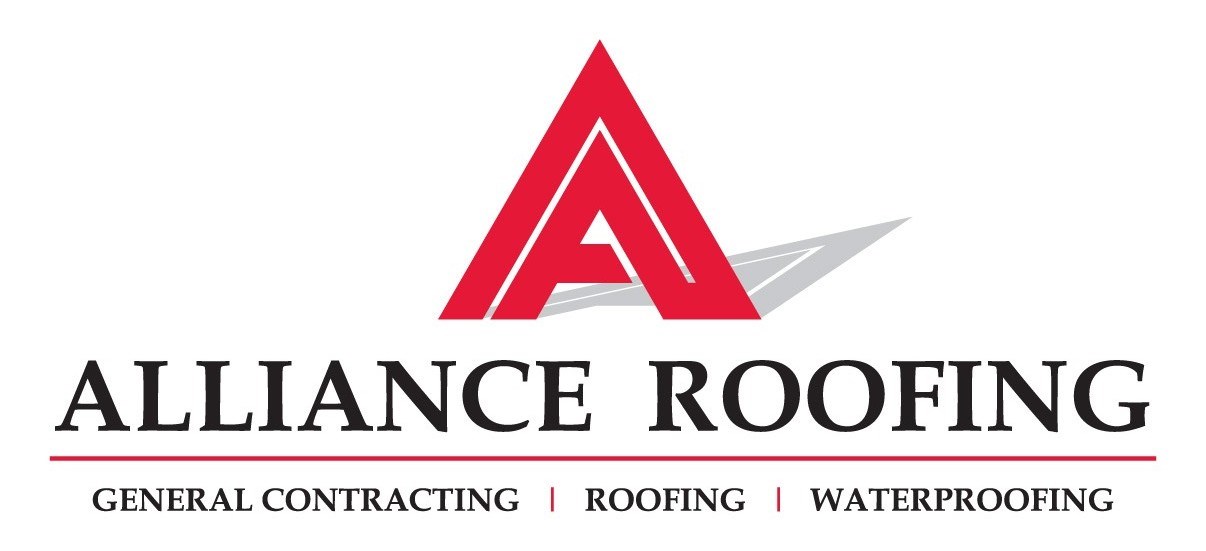Green Roofs
A living roof is a roof system that is partially or completely covered with vegetation, a growing medium, planted over a waterproofing membrane. It may also include additional layers such as a root barrier and drainage, and irrigation systems. A living roof is also a cool roof delivering high thermal emittance (the ability to radiate absorbed, or non-reflected solar energy) Also known as “green roofs”, living roofs serve several purposes for a building:
Aesthetic Improvement
- Urban greening has long been promoted as an easy and effective strategy for beautifying the built environment and increasing investment opportunity.
Waste Diversion
- Green roofs can contribute to landfill diversion by:
- Prolonging the life of waterproofing membranes, reducing associated waste
- The use of recycled materials in the growing medium
- Prolonging the service life of heating, ventilation, and HVAC systems through decreased use
Stormwater Management
- With green roofs, water is stored by the substrate and then taken up by the plants from where it is returned to the atmosphere through transpiration and evaporation.
- Green roofs reduce the amount of stormwater runoff and also delay the time at which runoff occurs, resulting in decreased stress on sewer systems at peak flow periods.
Moderation of Urban Heat Island Effect
- Through the daily dew and evaporation cycle, plants on vertical and horizontal surfaces are able to cool cities during hot summer months and reduce the Urban Heat Island (UHI) effect. The light absorbed by vegetation would otherwise be converted into heat energy.
Improved Air Quality
- The plants on green roofs can capture airborne pollutants and atmospheric deposition and they can also filter noxious gases.
- The temperature moderating effects of green roofs can reduce demand on power plants, and potentially decrease the amount of CO2 and other polluting by-products being released into the air.
New Amenity Spaces
- Green roofs can serve a number of functions and uses, including: Community gardens (e.g. local food production or co-ops), Commercial space (e.g. display areas and restaurant terraces), Recreational space (e.g. lawn bowling and children’s playgrounds)
Energy Efficiency
- The greater insulation offered by green roofs can reduce the amount of energy needed to moderate the temperature of a building, as roofs are the sight of the greatest heat loss in the winter and the hottest temperatures in the summer.
Increased Roofing Membrane Durability
- The presence of a green roof decreases the exposure of waterproofing membranes to large temperature fluctuations, that can cause micro-tearing, and ultraviolet radiation.
Fire Retardation
- Green roofs have a much lower burning heat load (the heat generated when a substance burns) than do conventional roofs
Increased Biodiversity
- Green roofs can sustain a variety of plants and invertebrates, and provide a habitat for various bird species.
